Won a 50% off coupon from a place that primarily details euro cars for a full exterior detail. (hand wash, clay bar, wash, polish, wax, and wheel/tire clean). I also gave them the poor boys' wheel sealant I had and had them put on it...hopefully less brake dust clinging to surface from now on...
This is the cleanest the car has ever been since i got it...looks great real life, esp. the wheels being so clean after a long time...
and it's hard to capture how shiny an Alpine White car can be in pics, but I snapped a few any way...
Need a recommendation btw:
What would be a good Quick Detailer type product to KEEP it looking good until i can get a full detail again (OR until we move to a place where we can wash/detail our cars)?
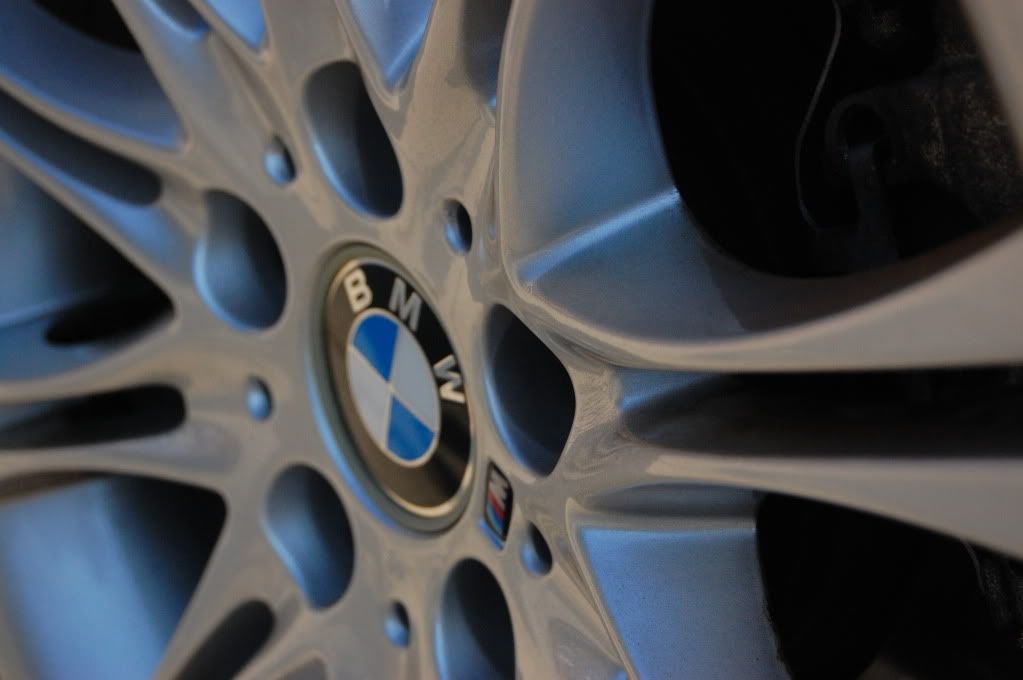
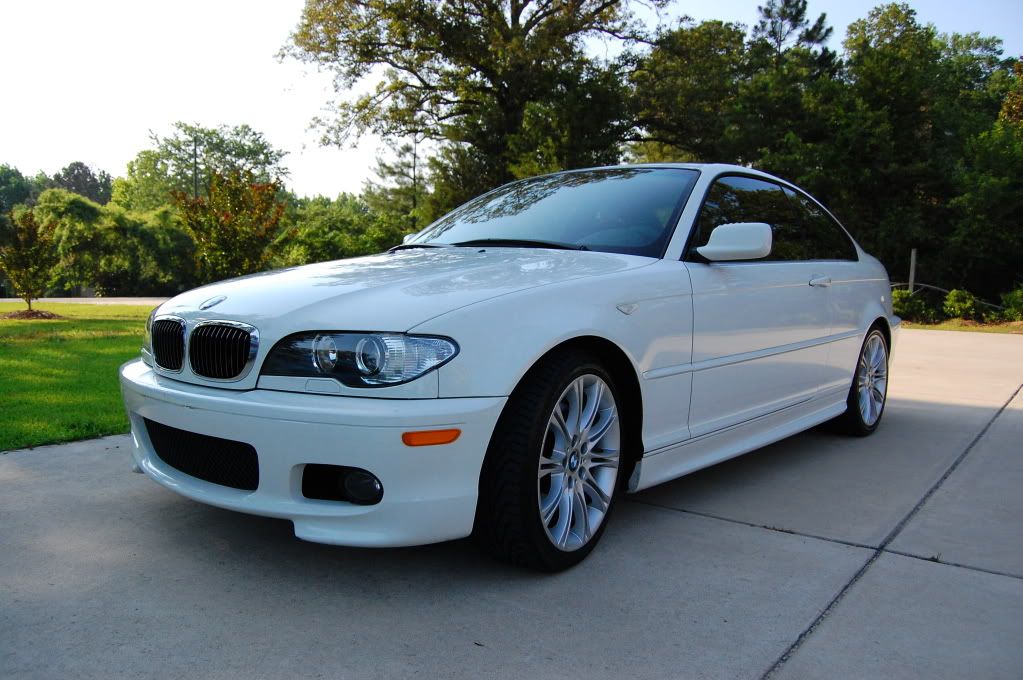
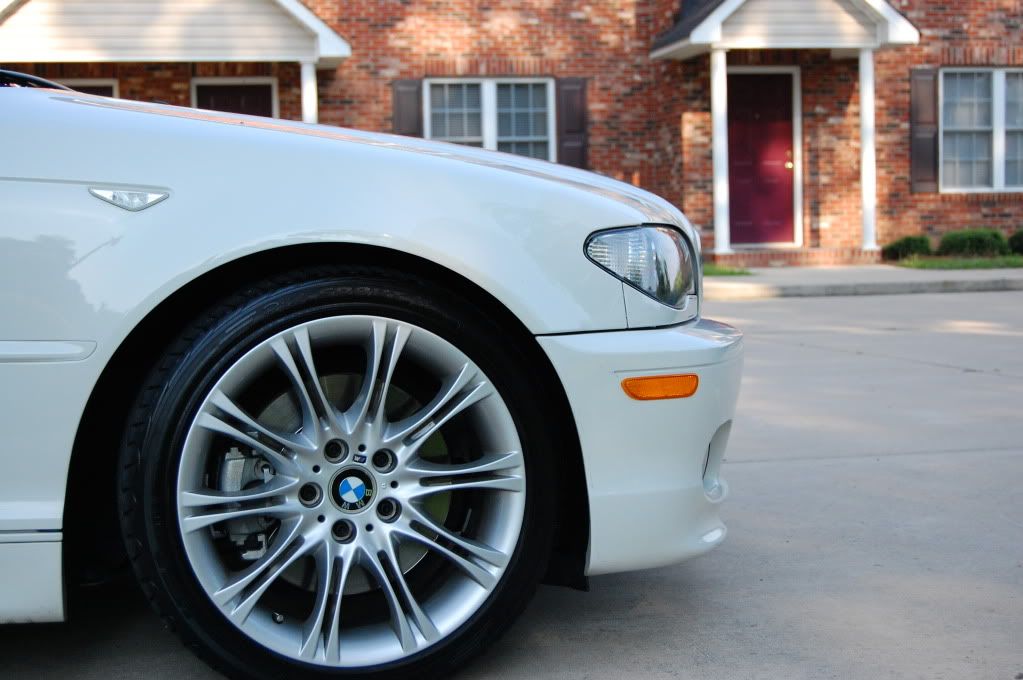
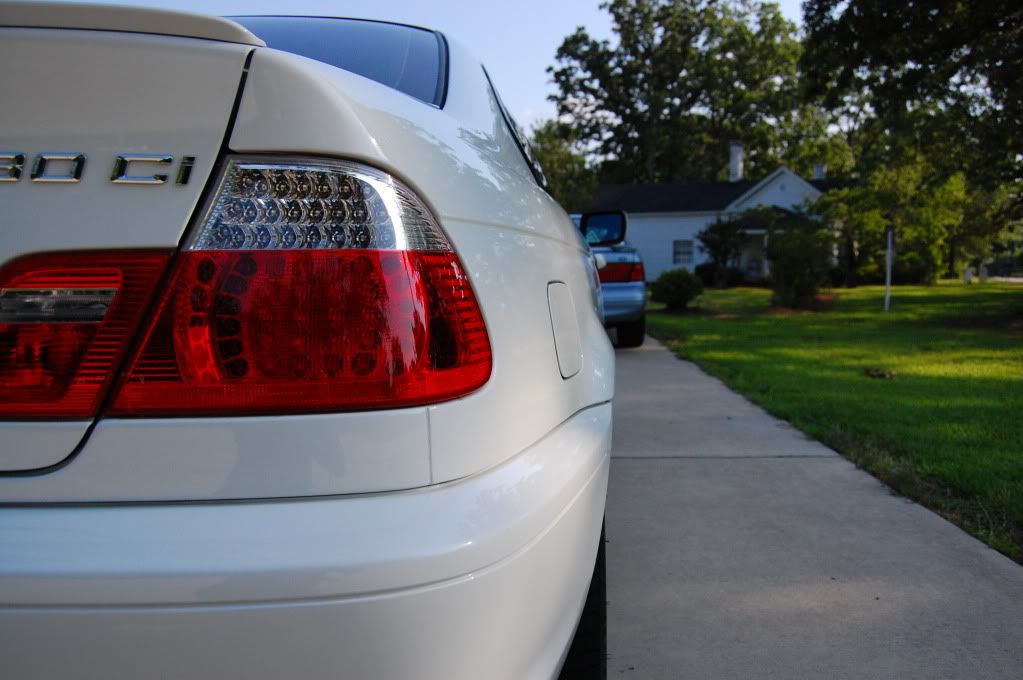
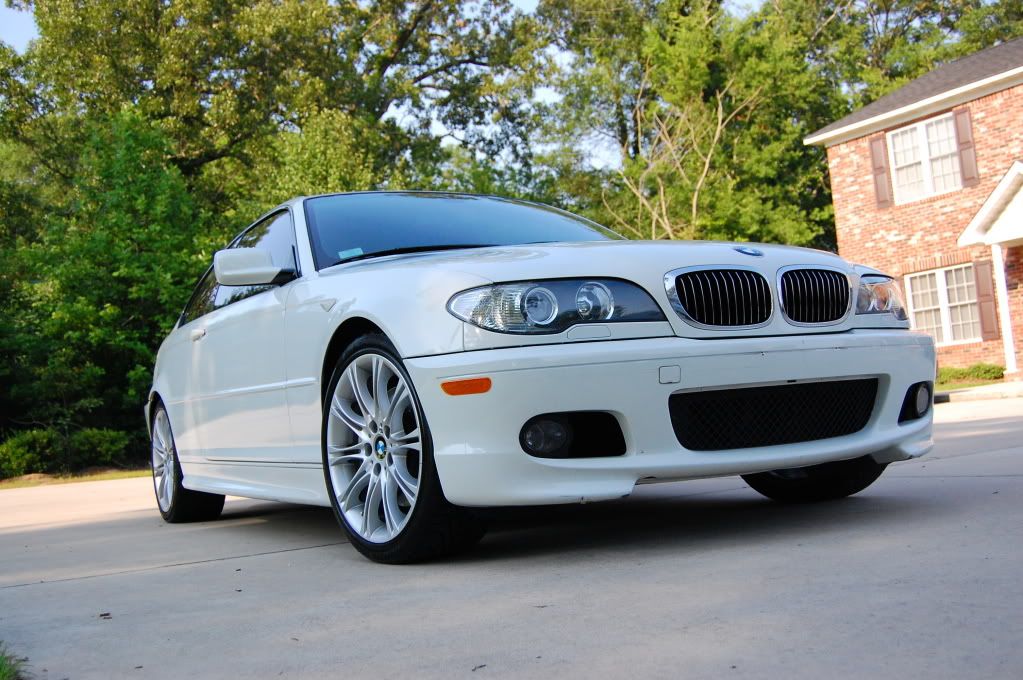
This is the cleanest the car has ever been since i got it...looks great real life, esp. the wheels being so clean after a long time...
and it's hard to capture how shiny an Alpine White car can be in pics, but I snapped a few any way...
Need a recommendation btw:
What would be a good Quick Detailer type product to KEEP it looking good until i can get a full detail again (OR until we move to a place where we can wash/detail our cars)?









